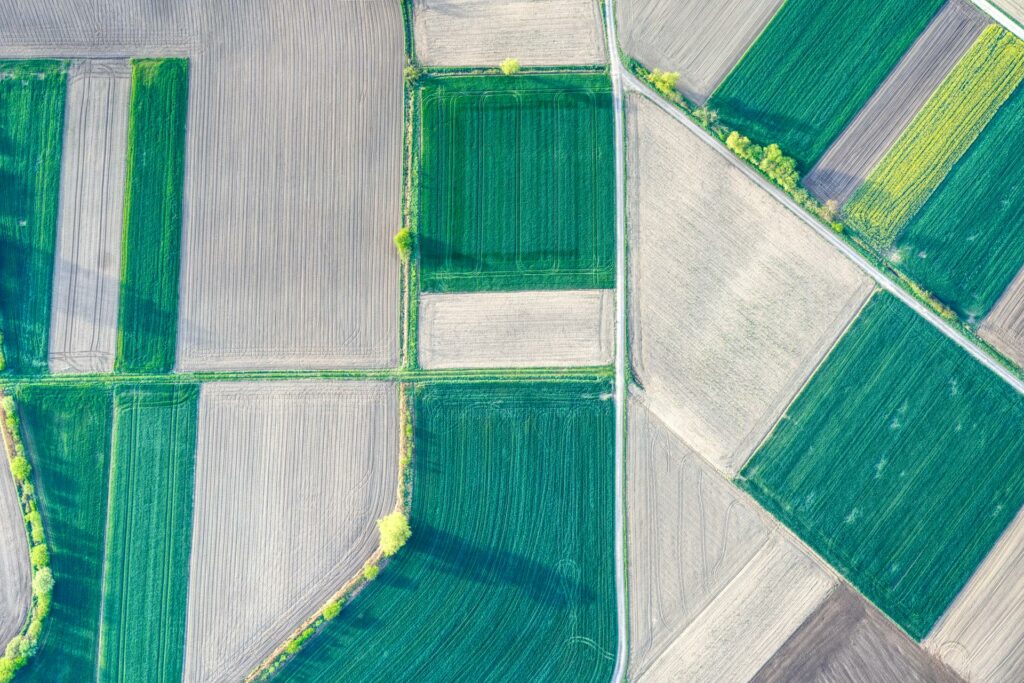
According to research, the impact of climate change on drought is undeniable. In the United States, the University of California and the National Oceanic and Atmospheric Administration found that rises in temperature linked to human activity are now more responsible for drought in the country than lack of rainfall. S&P Global has projected that countries like Saudi Arabia, Spain and Turkey would spend more than 45 percent of the 2050s in drought conditions, while Egypt would be in severe or extreme drought conditions for 80 percent of the decade. Drought in countries like Australia, Mexico and Italy would double in that decade as well. In almost 750 extreme weather events and trends analysed by CarbonBrief, 74 percent were made more likely or severe because of climate change.
For farmers, growing crops and meeting food production targets relies heavily on water. Without the right level of water, crops grow more slowly, or can die. Equally, over-watering can affect growing patterns or kill crops too. Getting the right balance in place around how water is used during the life of plants is essential to achieve optimum results. Using precision irrigation and deploying water exactly where it is needed will make a huge difference.
However, these irrigation systems can be costly to install in terms of capital and maintenance. Water itself is a valuable resource that has to be managed effectively as well, and can cost farmers when they have to import water for their systems to use. Over-watering can also waste fertiliser, adding run-off to the local water table and leading to increased chemical costs. These implementations also need power to pump water to where it is needed, adding more overheads for farmers to worry about.
So how else can technology make farming more efficient? And what innovations are possible around Artificial Intelligence, and Generative AI in particular?
Understanding your needs
To start with, we have to understand what is taking place in the physical world. Getting accurate data on precipitation and water levels is essential as a starting point for how hydrated crops are, or where additional water resources are needed. Using data from hydrometers and Internet-connected sensors that can detect water levels over time, it is possible to create a map of a farm and the crops that exist on it.
Alongside this base data on water levels, farmers will also need information on future rainfall and how this might affect crops over time. Getting accurate weather forecasts that can show how much rain may fall in a given period can influence decisions on how to use water over time. After all, it is a waste to use water now when rain may come in the next few days. Equally, when water is needed during specific parts of a crop’s growth season, it may be better to provide more to support growth.
Making decisions about water provision should be based on the combination of real-world water data and predictions on future weather. However, each crop is different – different plants will respond differently to different water availability, so being more precise on how much water to give will depend on recommendations for that specific crop and even for a specific variety of crop. Some plants are hardier than others and can survive longer without water, so this can influence the AI models for when and how to provide water.
Making the right recommendations
Alongside the data from sensors, weather and AI models, there is the real world side to consider too. Providing statistical models and recommendations is one element, but is that what the farmer in the field needs to get?
Using this information alongside Generative AI, it is possible to personalise the recommendations further for specific individuals to use. Generative AI creates responses to user prompts that deliver information to users in new contexts. Getting a recommendation in natural language around what to do and when is better for farmers to take action, rather than relying on sets of data that are more abstract. Responses could also include images or video resources, where this can help deliver information to the farmer in a smarter or more useful way. Generative AI can pull together all this data, personalise it, and then deliver recommendations about how they can make the best use of water in their specific environment at that time.
As an example of data and AI recommendation in action, Israeli company SupPlant built a real-time service for farmers that synthesises crop and weather data to create a proactive management perspective every 30 minutes. The service provides critical early warning to farmers, individualised to their farm, fields, and plants. Based on their combination of AI and data, SupPlant helps farmers save an average of 30 percent on their water usage. This efficiency around water doesn’t have to lead to smaller crop yields either – in fact, personalising data on water usage has helped farmers improve their crop quantity by between five and ten percent year on year.
Water will continue to be an extremely precious resource in farming, and one that grows in importance every year as drought conditions increase. Using AI, weather data and Internet of Things sensor information together for precision irrigation in agriculture can make a huge difference to how farmers make the most of their crops, while also reducing costs. Taking this one step further with Generative AI to personalise the experience to each farmer improves the chances for success even more. With more people on the planet and more pressure on water resources in future, this innovative approach to water management will be essential for future farmers.

Dom Couldwell
With over two decades of experience across a variety of verticals including Financial Services, Healthcare and Retail, Dom Couldwell is currently the Head of Field Engineering, EMEA for DataStax.


